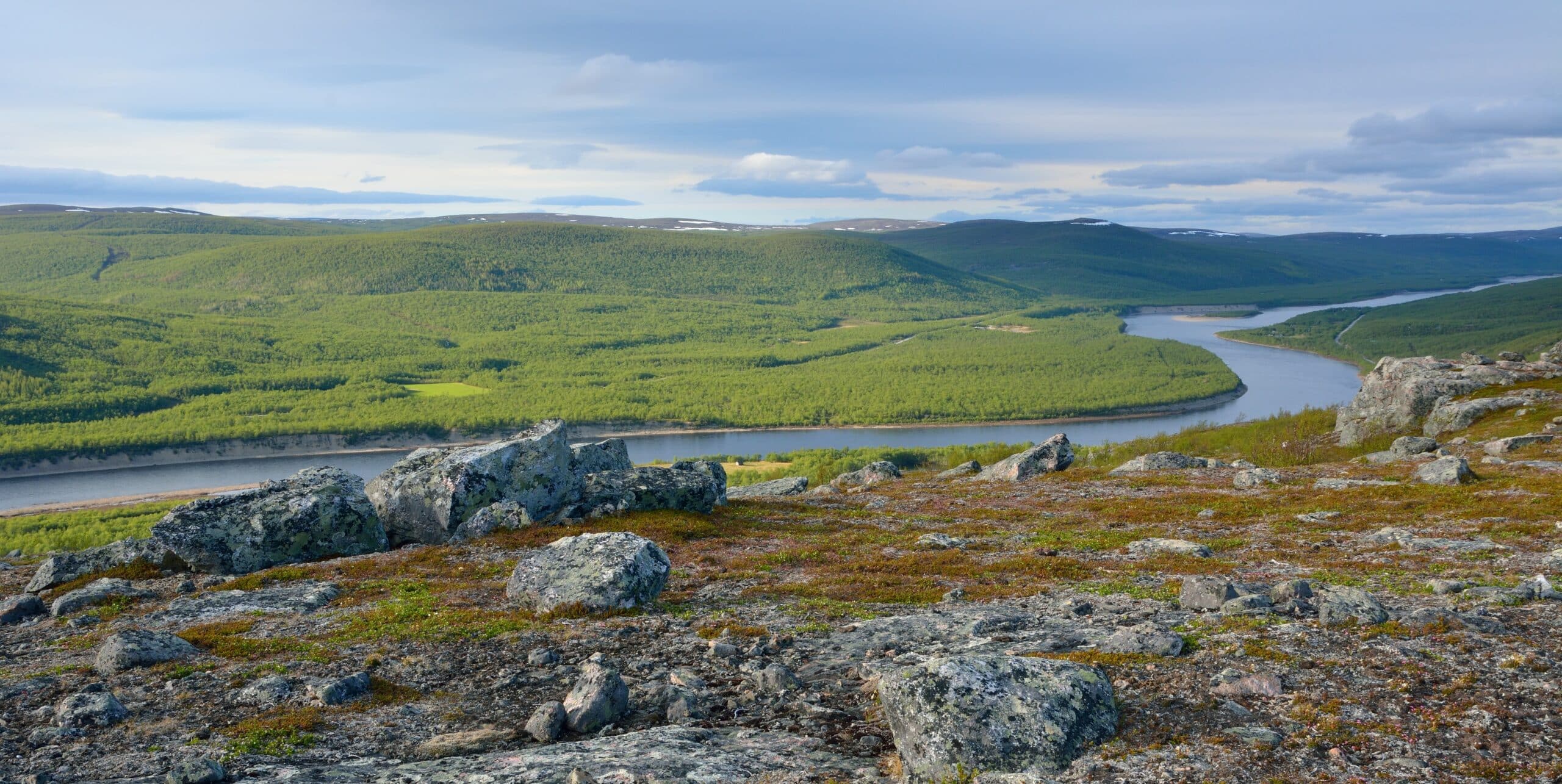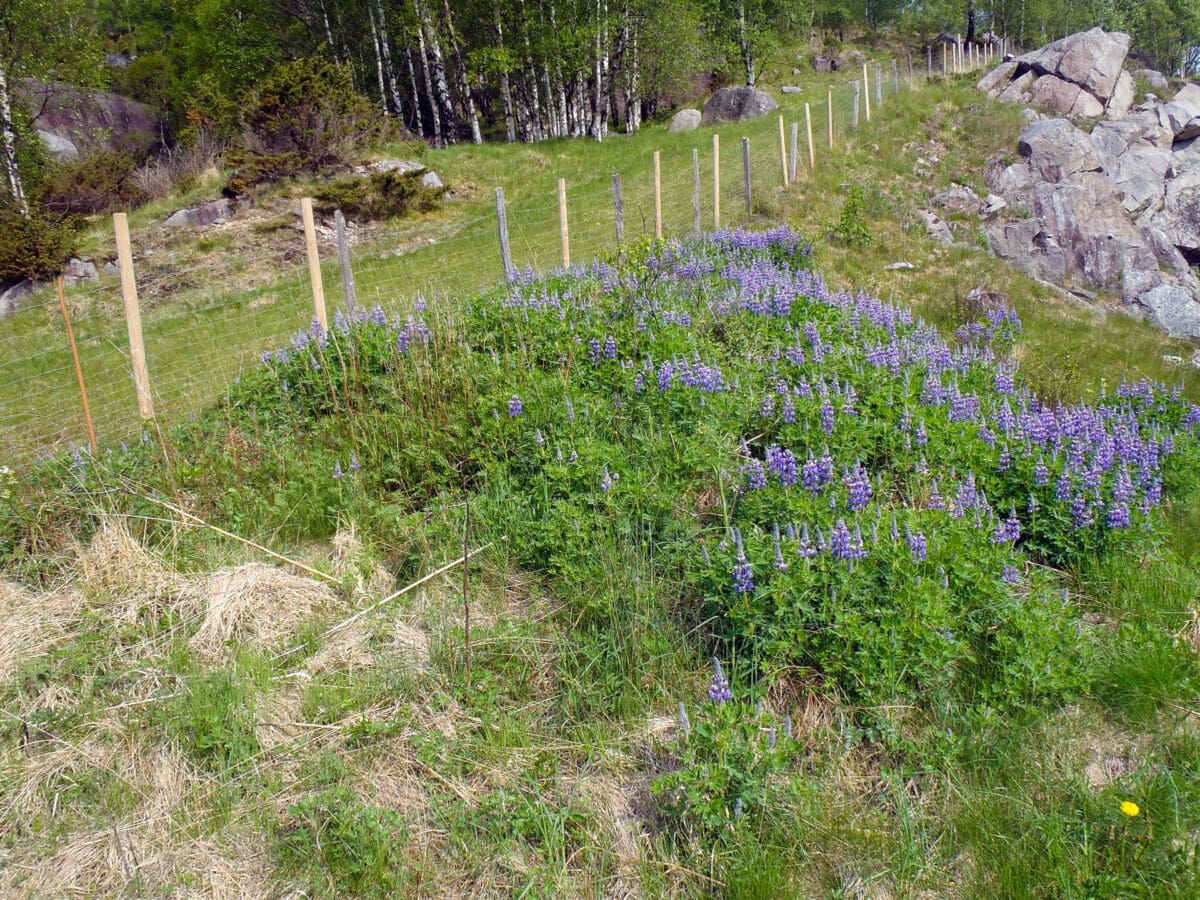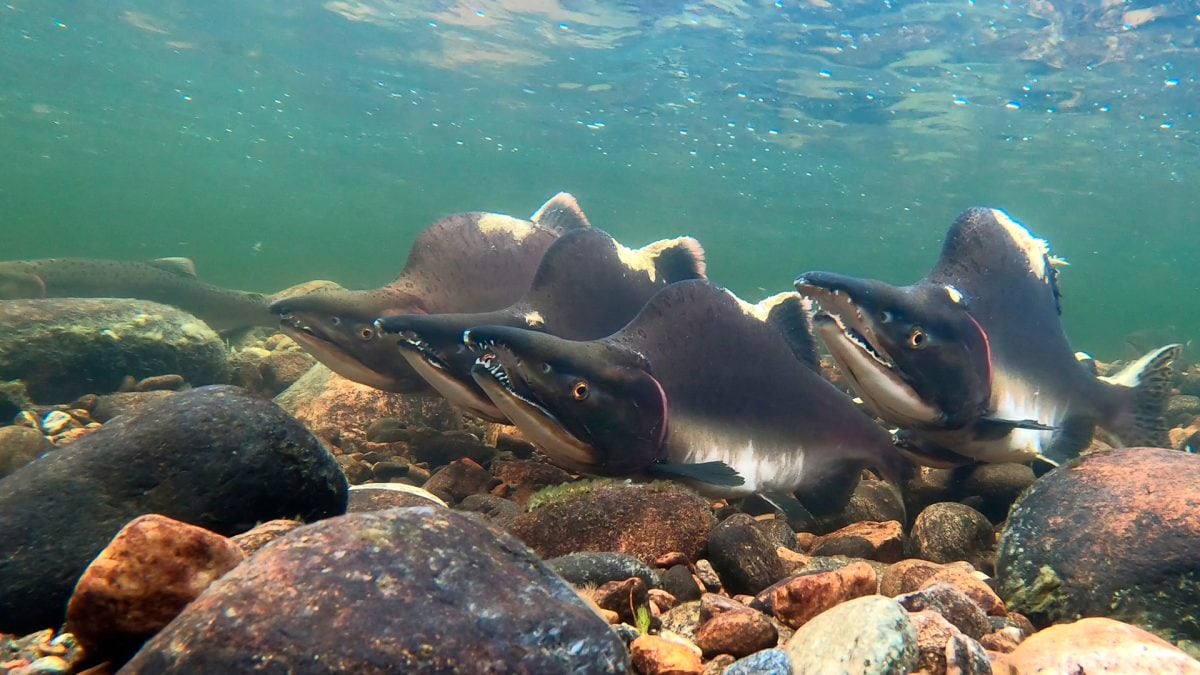Invasive Alien Species
In Barents IAS we focus on a few invasive alien species which have caused or there’s a risk that they will cause inconvenience in the Barents Region in Finland, Sweden and Finland. Below you can read about Nootka and garden lupin, pink salmon, and hogweeds.





